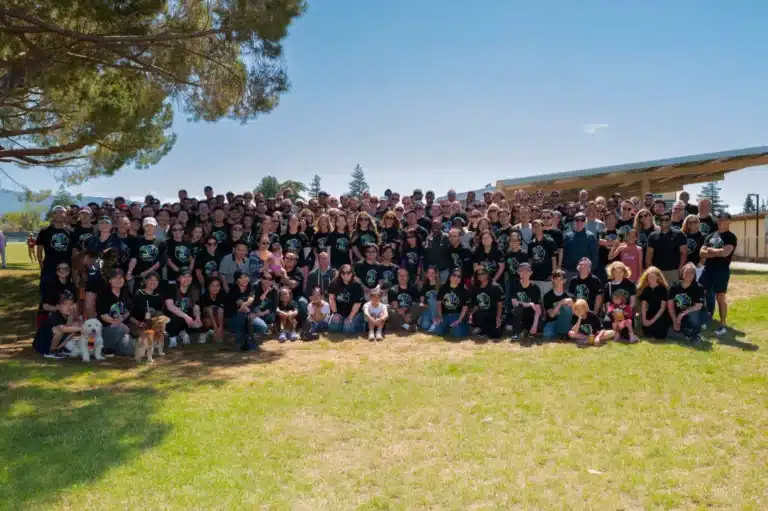When booking a plane ticket on your favorite travel site, have you run into any of the following problems?
- You try searching for a flight, but the search results took too long
- Your search results turned up zero flights – even though you know there are flights that would meet your criteria
- You select a flight, but then some kind of error pops up, and you have to start over
- Instead of an error, you just get the dreaded spinning wheel – and you must still start over
- You finally get to the end, but the site freezes when you submit payment. Did it go through or not?
- You complete the purchase, but then the boarding pass doesn’t arrive. How long should you wait?
As consumers, we all know such problems are maddeningly common.
Now, let’s put on our operator’s hat. Our job is to keep the site running smoothly – and quickly. We have a plethora of observability analytics tools to help us.
Just one problem: observability tools won’t help us solve any of the problems above. Even real-user monitoring (RUM) won’t give us the information we need.
Something important is missing from our operator’s tool belt. Where’s the blind spot, and how do we fix it?
Why Observability doesn’t Solve the Quality of Experience Problem
Observability tools glean insights from system or server telemetry data – logs, metrics, and traces from various applications and systems that indicate their respective internal states at particular points in time.
Product analytics tools analyze how users engage with a product or service, giving product teams the ability to track, visualize, and analyze user engagement and behavior data.
Such telemetry or user engagement data provide some insight into end-users’ experience to be sure – but the connection between such telemetry and the quality of experience (QoE) of users at the interface is at best indirect.
Fundamentally, observability is system-centric rather than experience-centric.
Product analytics tools that track user engagement data and other experience-centric tooling like RUM also fall short, because they lack the ability to show the full picture.
Such tools can show what happened in the past, but they don’t explain those events – and they don’t work in real-time regardless.
As a result, operators must ‘go fishing’ in the sea of system and server telemetry to uncover root causes, wasting time and resources – thus adversely impacting consumers.
Objective understanding and measurement the quality of consumers’ experience over time, in fact, are the missing elements for all the travel examples above.
It’s not good enough to track whether some event took place – did the search return results? Did the user abandon the purchase? Did the purchase complete? Did the boarding pass arrive?
Operators must also track how much time various actions required to gain a true picture of the QoE – and hence, how well user-facing processes successfully complete.
Struggling with Conversion Blind Spots
Conversion is the marketer’s term for the most important landmark along any customer’s journey: the moment they complete a purchase.
Converting prospects into customers, of course, is of utmost importance to any company looking to do business. From the end-user’s perspective, however, it is but one part of the journey.
For such individuals, such journeys are stateful – a connected sequence of events that build upon and relate to one another.
This statefulness is where observability and product analytics tools fall short, as they focus on events in time, rather than how they connect to form a coherent experience for users.
Without a QoE platform like Conviva’s, operators and marketers alike are left scratching their heads over why users are abandoning processes mid-stream – leading not only to lost revenue, but also complaints on social media, poor reviews, and other negative consequences.
The core problem is that existing observability tools and the teams that operate them are disconnected from user experience and engagement – qualities that matter more to the business than the performance and uptime metrics that operators traditionally focus on.
The Need for Experience-Centric Operations
Performance and uptime are still important, of course – but in today’s digital world, operators should focus more on higher-level user experience metrics.
Operators must monitor every user journey across every user in real-time. If users are having problems – with logging in, searching, making purchasing decisions, completing purchases, or any other aspect of their journey – then QoE tooling should immediately alert operators to the issue.
Experience-centric operations connects a comprehensive measurement of user experience to the underlying system and application performance metrics, enabling operators to focus on the data that matter to users – and hence, to the business.
Experience is more than a simple count of events or metrics. Understanding the complexities of the user journey requires complex calculations of timing, time intervals, sequences, and the statefulness of the user experience – in other words, stateful analytics.
The Intellyx Take
Conversions are the canaries in the coal mine of QoE. If there’s anything wrong with the user experience, then conversions will take the hit.
Uncovering the cause of such issues, however, has long been a matter of guesswork. Is a slow server to blame? A network issue? Maybe a bug in the software?
The experience-centric operations that Conviva supports approaches such problems from the other side. Instead of looking at the behavior of individual technology components to uncover user issues, Conviva enables operators to begin with the user experience.
Only by focusing on each individual’s experience as they travel on their journeys over time will any organization be able to understand and resolve issues that kill engagement and lead users to abandon processes mid-flight.





